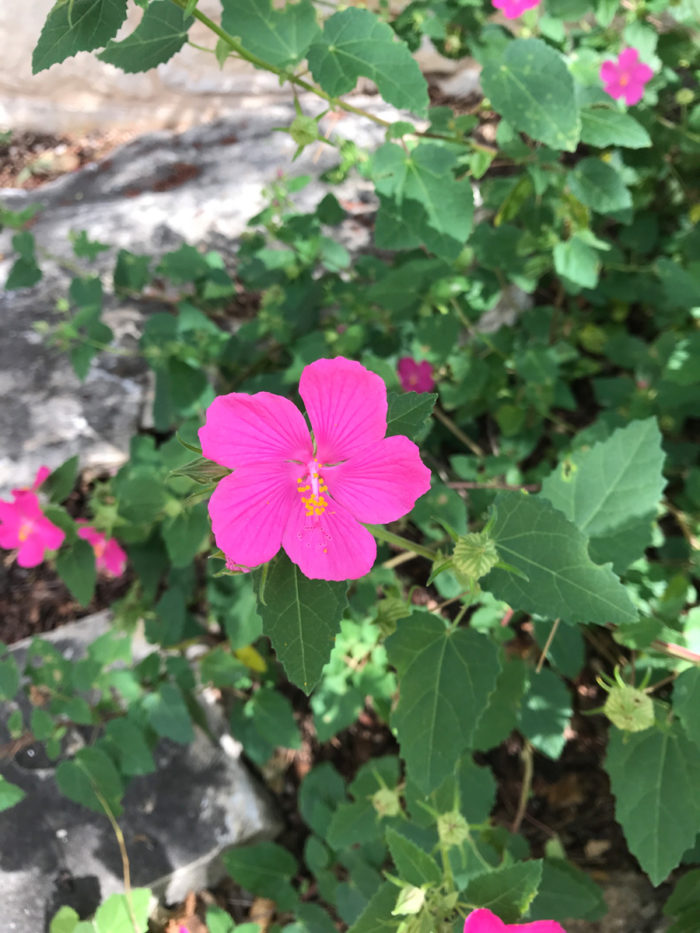
If you’ve ever walked down a city sidewalk, then you are likely familiar with a hell strip—that narrow section of yard sandwiched between the sidewalk and the street. The hell strip goes by many names, including devil strip, verge, meridian, tree belt, utility strip, and many more, but it is singularly despised by many gardeners for its inhospitable conditions. In our region, the hell strip tends to be especially hot and dry and often doesn’t grow healthy turf grass even when the rest of the yard does. It’s often easier (and more attractive) to tear out the grass in this strip and plant it as a garden bed instead. Choose your plants carefully, though, because they need to be species that can take high levels of reflected heat, low water, restricted space, and passing foot traffic. Keep final plant sizes in mind, because many hell strips are only about 3 feet wide and larger plants will grow onto the sidewalk and be a hassle to contain. Cacti and succulent species are well-suited for their drought tolerance but ill-suited for their thorns and spines, which may catch passers-by. Keeping all of this in mind, here are a few hardy stars to make your hell strip less hellish and more heavenly.
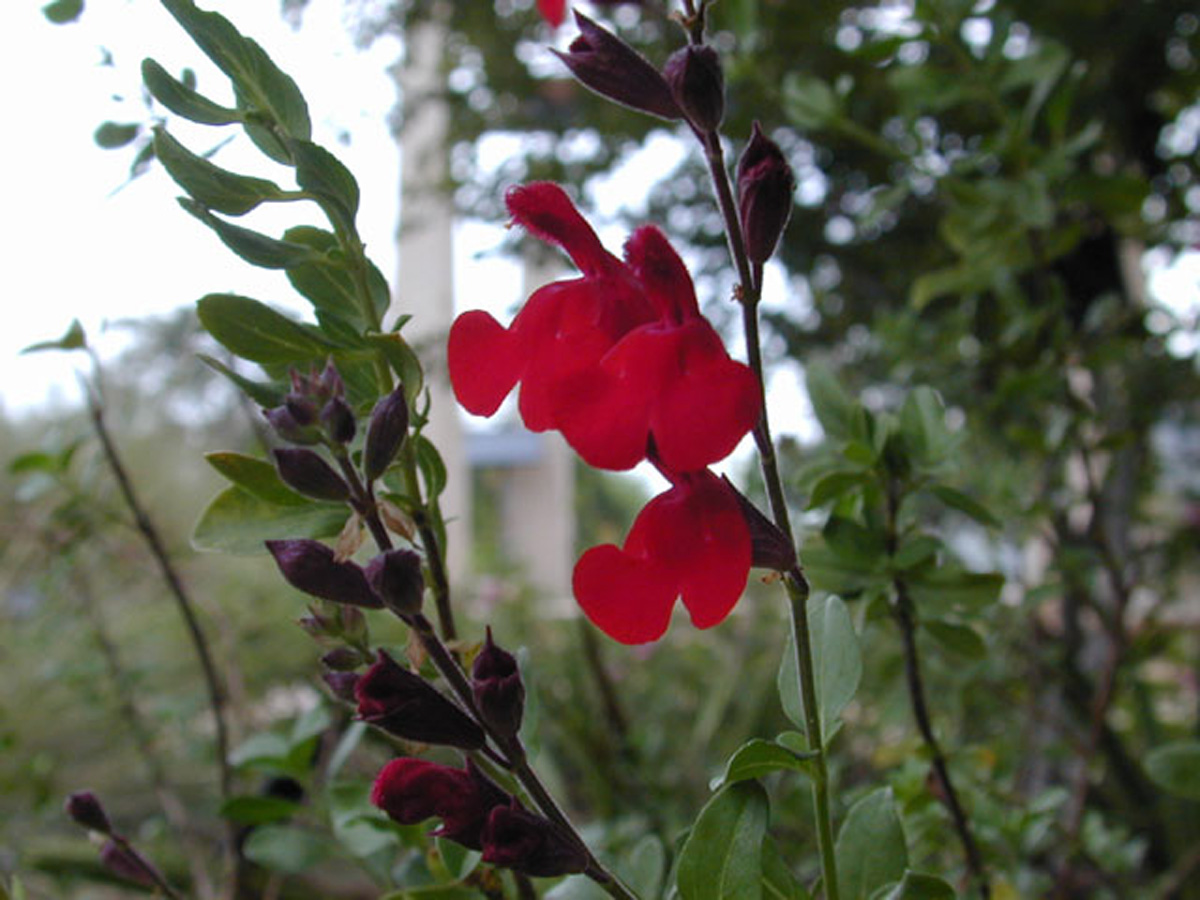
Autumn sage
Salvia greggii, Zones 6–9
Autumn sage is a great candidate for the hell strip due to its heat tolerance, low water needs, and compact form. It takes on a mounded form that reaches about 2 to 3 feet across with red, pink, purple, or white flowers depending on the provenance of the plant or the cultivar chosen. A member of the mint family, autumn sage has a pleasant smell, making it an attractive plant to have in the garden. It has a very long bloom season (March through November) and doesn’t mind being pruned to be kept in shape.
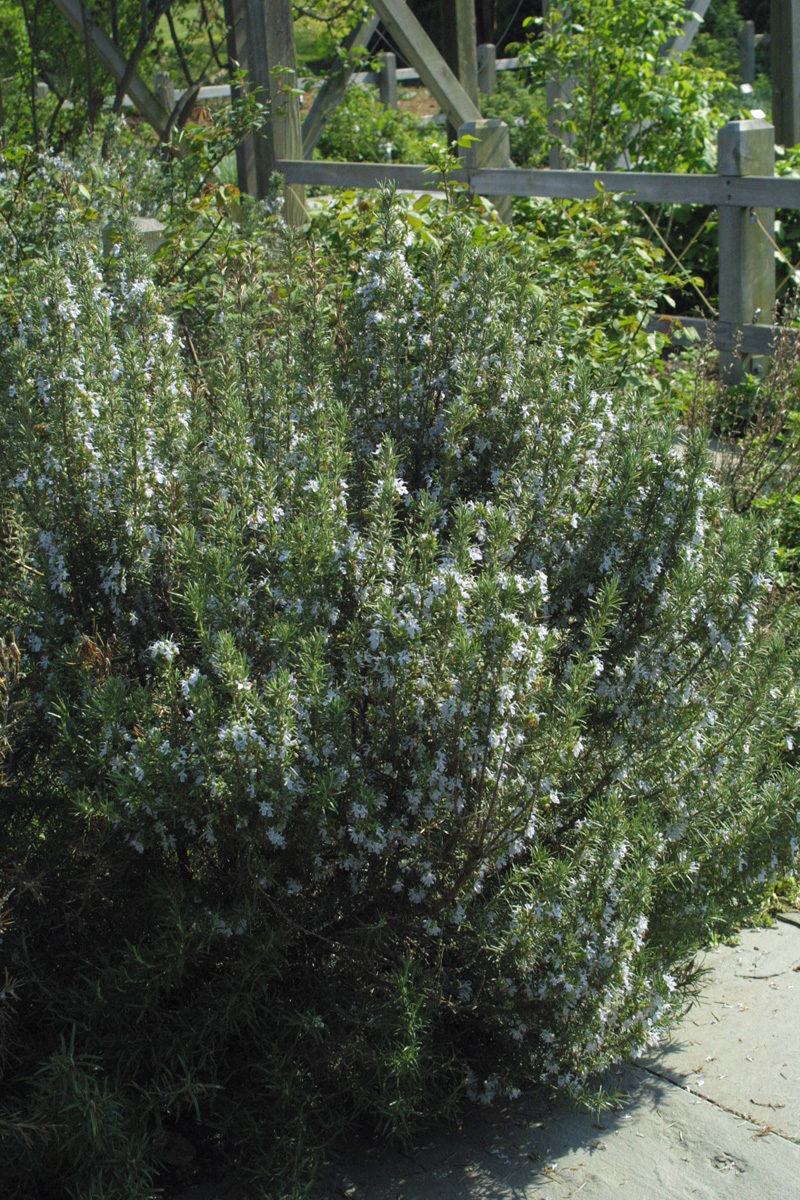
Rosemary
Rosmarinus officinalis, Zones 7–10
The healthiest, most vigorous rosemary plant I’ve ever grown was in the hell strip at my old house. Rosemary is easily grown as a perennial in our region; it is resistant to pests, needs no fertilizer, and tolerates drought and poor soil. The loveliest part about growing rosemary in the hell strip is that its fresh, pinelike smell is released when someone passing by brushes against it. Plus, the foliage is soft and bushy, and the little purplish-blue flowers are a bonus. (Sage [Salvia officinalis, Zones 4–8], thyme [Thymus vulgaris, Zones 5–9], and oregano [Origanum vulgare ssp. hirtum, Zones 4–8] can be great choices too.)
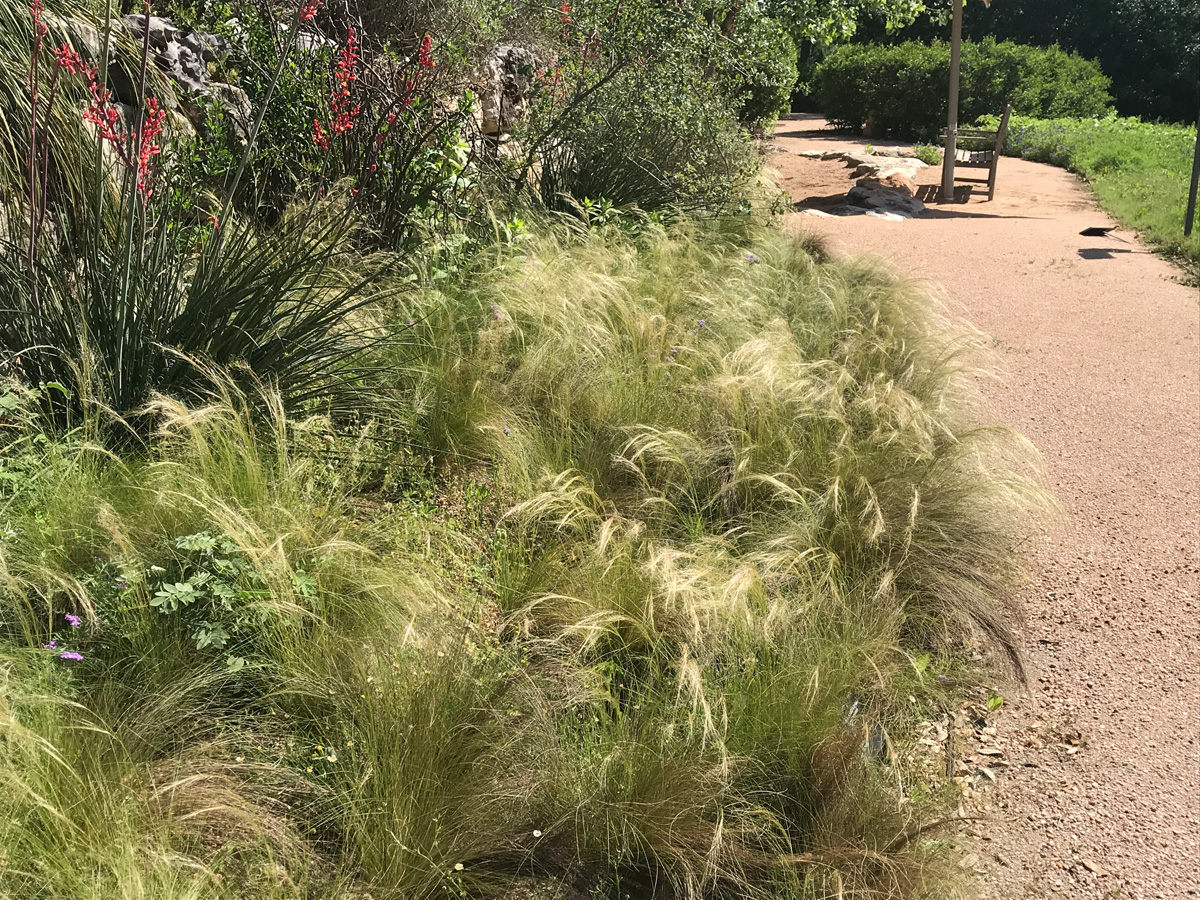
Mexican feather grass
Nassella tenuissima, Zones 6–10
Looking for something soft and billowy to soften the concrete borders of your hell strip? Mexican feather grass fits that bill magnificently. This graceful native accent grass forms clumps about 1 to 2 feet tall with silvery white tips that catch the light and the breeze. This grass requires well-drained soil, so don’t plant it in heavy clay, and avoid heavy mulch coverage. It’s ideally used in a more xeric setting, which is a common and successful planting theme for many hell strips.
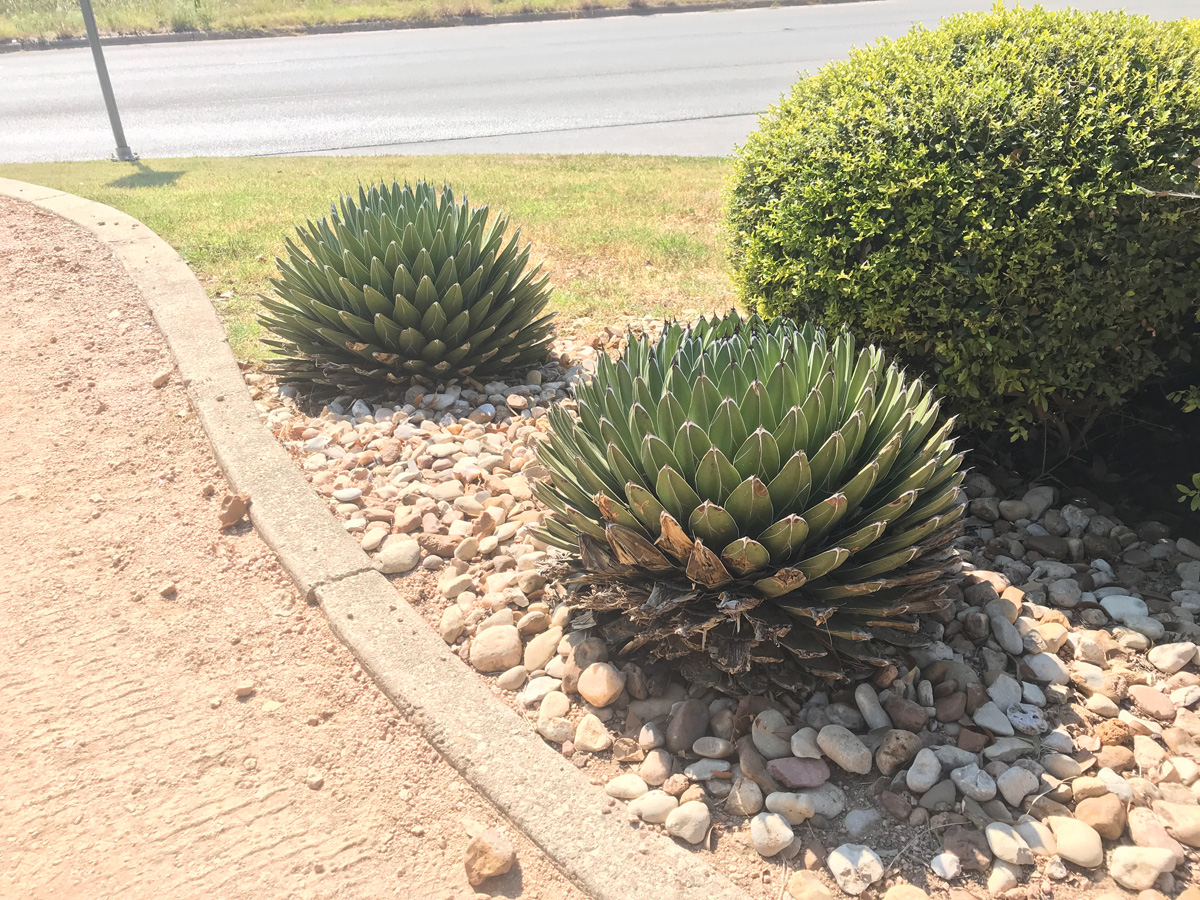
Queen Victoria agave
Agave victoriae-reginae, Zones 8–11
I know I said that succulent species are ill-suited to hell strips because of their spines, but there is an exception to every rule, and Queen Victoria agave is truly exceptional. This compact agave only reaches about 18 inches in height. It forms a strikingly symmetrical rosette where each leaf is lined with silvery white and tipped with a small dagger point. It is a slow grower, so make sure it isn’t overshadowed by larger plants growing too close by. After a number of years, it produces a very tall, woody flower stalk topped with creamy white flowers, after which the plant dies. Because it is such a small, compact agave, it is fairly easy to plant in small spaces such as hell strips without risking injury to passing people and animals.
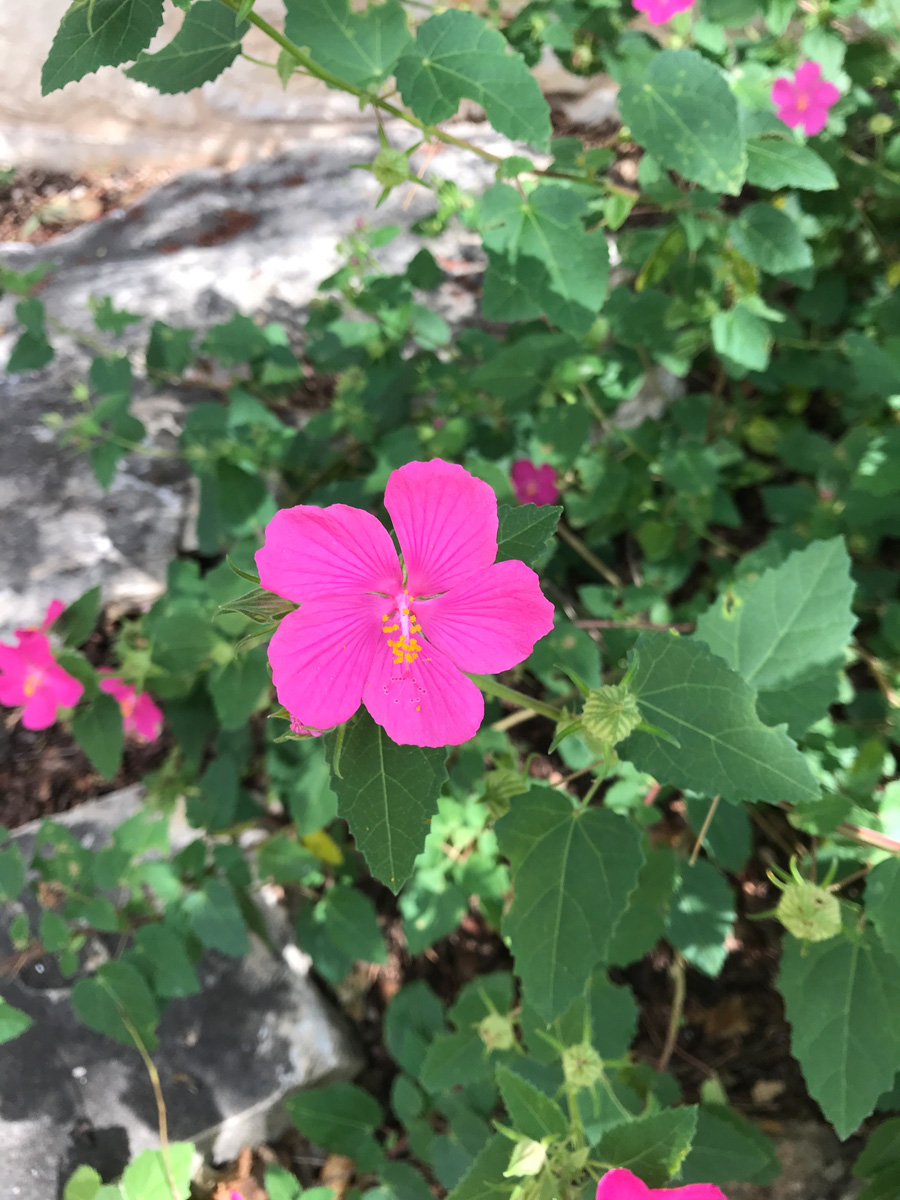
Rock rose
Pavonia lasiopetala, Zones 7–9
Rock rose, also called Texas swamp mallow and Wright pavonia, isn’t a true rose, but it is just as beautiful as one and is a heck of a lot more drought tolerant. It’s one of the last plants standing—one of those hardy bloomers that keeps right on flowering through our hot late summers. This native blooms from April through November, and the flowers resemble small pink hibiscus blooms. Rock rose can get up to about 4 feet tall and wide but is easily kept to a smaller size if pruned lightly once or twice a year.
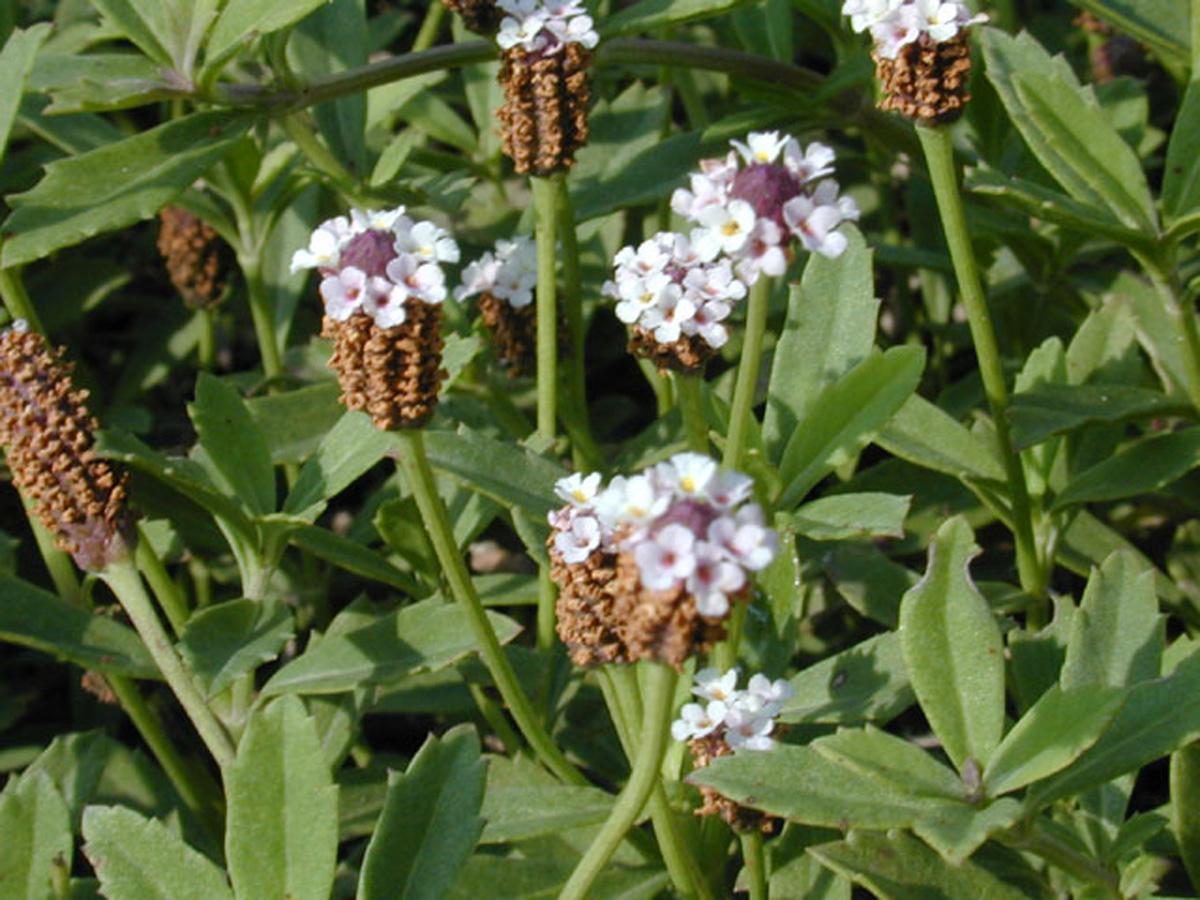
Frog fruit
Phyla nodiflora, Zones 8–10
My personal favorite for a ground cover in a hell strip is frog fruit. It is super tough, requires virtually no inputs or maintenance, and sends little white and brown flowers creeping over the ground. This native species grows up and over the asphalt roadsides in my country neighborhood, a space that never receives any supplemental water and has summer air temperatures up to 110°F (and asphalt temperatures that are much higher). Frog fruit is evergreen in warmer areas; mine never goes completely dormant in the winter in Central Texas. The leaves are medium green, taking on a reddish tinge in cold winters, and the flowers bloom white from May through October.
For more expert picks for the hell strip, listen to Fine Gardening editors discuss their favorite hell strip candidates here.
—Karen Beaty is a horticulturalist at the Lady Bird Johnson Wildflower Center in Austin, Texas.
Fine Gardening Recommended Products
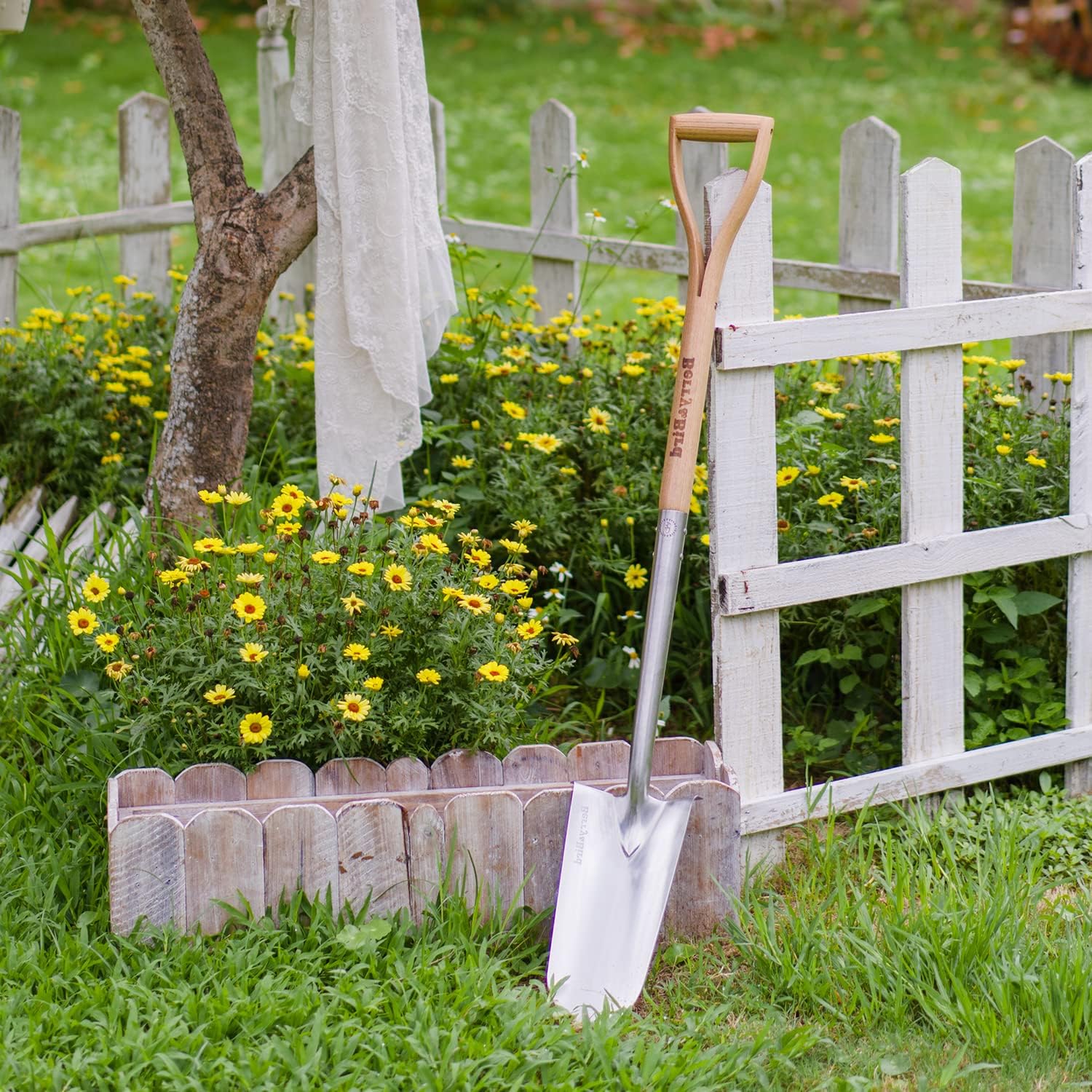
Berry & Bird Rabbiting Spade, Trenching Shovel
Fine Gardening receives a commission for items purchased through links on this site, including Amazon Associates and other affiliate advertising programs.

Morvat Heavy Duty Brass Y-Valve
Fine Gardening receives a commission for items purchased through links on this site, including Amazon Associates and other affiliate advertising programs.
- Fitted with US Standard NH 3/4" threads for use with most water source fittings
- Screw the 2 way splitter adapter by hand or wrench with the updated hexagonal top connection. The 360° rotatable swivel connection attaches to any water source.

The New Organic Grower, 3rd Edition: A Master's Manual of Tools and Techniques for the Home and Market Gardener, 30th Anniversary Edition
Fine Gardening receives a commission for items purchased through links on this site, including Amazon Associates and other affiliate advertising programs.



















Comments
Log in or create an account to post a comment.
Sign up Log in